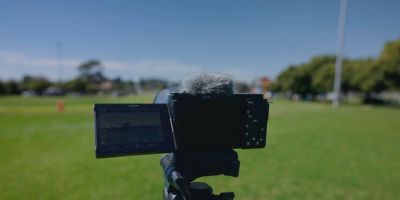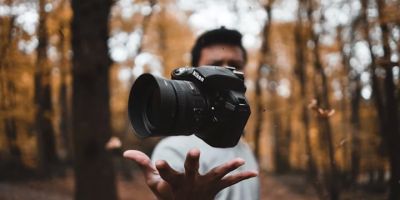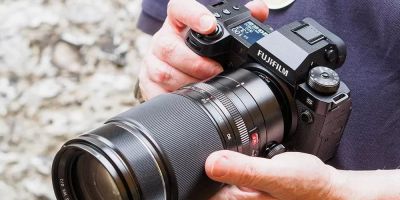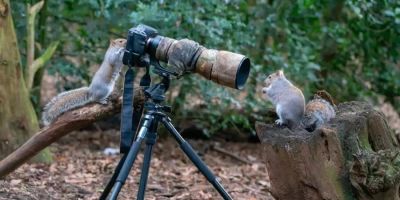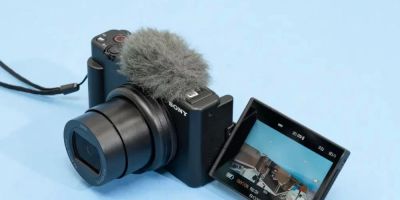- 1-Understanding-Silhouette-Photography-Basics
- 2-Key-Camera-Gear-For-Silhouette-Photography
- 3-Lenses-And-Accessories-That-Make-A-Difference
- 4-Lighting-And-Camera-Settings-For-Perfect-Silhouettes
- 5-Real-World-Examples-And-Professional-Insights
- 6-Where-To-Find-The-Best-Silhouette-Photography-Gear
1. Understanding Silhouette Photography Basics
Silhouette photography is a captivating style where subjects appear as dark shapes against bright backgrounds, emphasizing their outlines and forms. Achieving a compelling silhouette shot is more than just pointing the camera; it requires understanding how light and shadows interact, and using the right gear effectively. Unlike traditional portraits, silhouette photography relies heavily on contrast, making it essential to master both your camera’s exposure settings and the environment’s natural or artificial light.
Getting started with silhouette photography means appreciating the importance of timing—typically shooting during sunrise or sunset when the light is dramatic and directional. This natural lighting creates the perfect conditions for silhouettes by illuminating the background while leaving the subject underexposed.
1.1 The Role of Equipment in Silhouette Photography
While technique is crucial, having the best photography gear for silhouette photography can elevate your results significantly. The right camera and lenses ensure sharp outlines, rich contrast, and the flexibility to adapt to changing light conditions. Whether you are an amateur or a seasoned photographer, investing in suitable equipment tailored to silhouette shots makes a noticeable difference.
2. Key Camera Gear For Silhouette Photography
Choosing the best photography gear for silhouette photography involves selecting a camera capable of manual exposure control and good dynamic range. Cameras that allow you to fine-tune ISO, shutter speed, and aperture give you the control necessary to create crisp silhouettes.
2.1 Cameras With High Dynamic Range
Dynamic range refers to your camera’s ability to capture detail in both shadows and highlights. For silhouette photography, this means your camera should handle bright backgrounds without losing detail or blowing out the highlights. Mirrorless cameras like the Sony Alpha series or DSLRs like the Canon EOS 5D Mark IV are popular options, combining high dynamic range and manual controls.
2.2 Importance of Manual Mode
Manual mode lets you underexpose the subject deliberately while exposing correctly for the background light. This is the heart of silhouette photography. Cameras without manual exposure might struggle to achieve the desired dark outline effect, so this feature is a must-have.
3. Lenses And Accessories That Make A Difference
Lens choice impacts how well your silhouette outlines and backgrounds are captured. Prime lenses with wide apertures (f/1.8 or f/2.8) offer excellent sharpness and can perform well in low-light conditions, helping isolate subjects against glowing skies.
3.1 Ideal Focal Lengths
Using medium telephoto lenses (85mm to 135mm) compresses the background, making silhouettes appear more dramatic. Wide-angle lenses can also be useful, especially when including vast landscapes or expansive skies, adding context to your silhouette subject.
3.2 Tripods and Remote Shutters
To keep images sharp during longer exposures at dawn or dusk, a sturdy tripod is essential. Combined with a remote shutter release, this setup prevents camera shake, ensuring crisp edges that make silhouettes stand out.
4. Lighting And Camera Settings For Perfect Silhouettes
Successful silhouette photography hinges on mastering light and camera settings. Here’s a deeper dive into the essentials:
4.1 Positioning Your Subject
Place your subject between the camera and the strongest light source, usually the sun during golden hours. The backlighting should be bright enough to illuminate the background while casting the subject in shadow.
4.2 Exposure Settings Explained
- ISO: Keep ISO low (100-400) to reduce noise and maintain image quality.
- Aperture: Use a narrow aperture (f/8-f/16) for greater depth of field and sharper silhouettes.
- Shutter Speed: Adjust shutter speed to expose for the bright background, ensuring the subject is underexposed.
Using spot metering on the brightest part of the frame is a reliable way to ensure correct exposure for the background.
4.3 Post-Processing Tips
While getting the shot right in-camera is ideal, subtle adjustments in contrast and shadows during post-processing can enhance the silhouette effect. Avoid over-editing to preserve natural tones and keep the image authentic.
5. Real-World Examples And Professional Insights
One inspiring example comes from landscape photographer Emma Clark, who shared how switching to a mirrorless camera with enhanced dynamic range transformed her silhouette shots of coastal sunsets. By pairing it with a 135mm prime lens and shooting during the “blue hour,” she achieved breathtaking silhouettes that garnered attention across photography forums.
Another story involves a wildlife photographer capturing bird silhouettes at dawn. The use of a sturdy tripod and manual exposure allowed her to freeze elegant poses against vibrant skies, illustrating the importance of combining technical gear with patience and timing.
These real cases highlight how the right equipment, combined with thoughtful technique, unlocks the true potential of silhouette photography.
6. Where To Find The Best Silhouette Photography Gear
Finding the best photography gear for silhouette photography can be overwhelming given the vast options on the market. For curated, expert recommendations tailored to silhouette and other photographic styles, Photo Studio offers a comprehensive selection of cameras, lenses, and accessories. Their knowledgeable team helps photographers—from beginners to pros—choose gear that fits their specific needs and budgets.
Whether you’re looking for the latest mirrorless model, specialty prime lenses, or reliable tripods, Photo Studio provides trusted guidance and quality products to enhance your silhouette photography journey.

